Europe-China Forum 2025
Next event In person & livestreamed
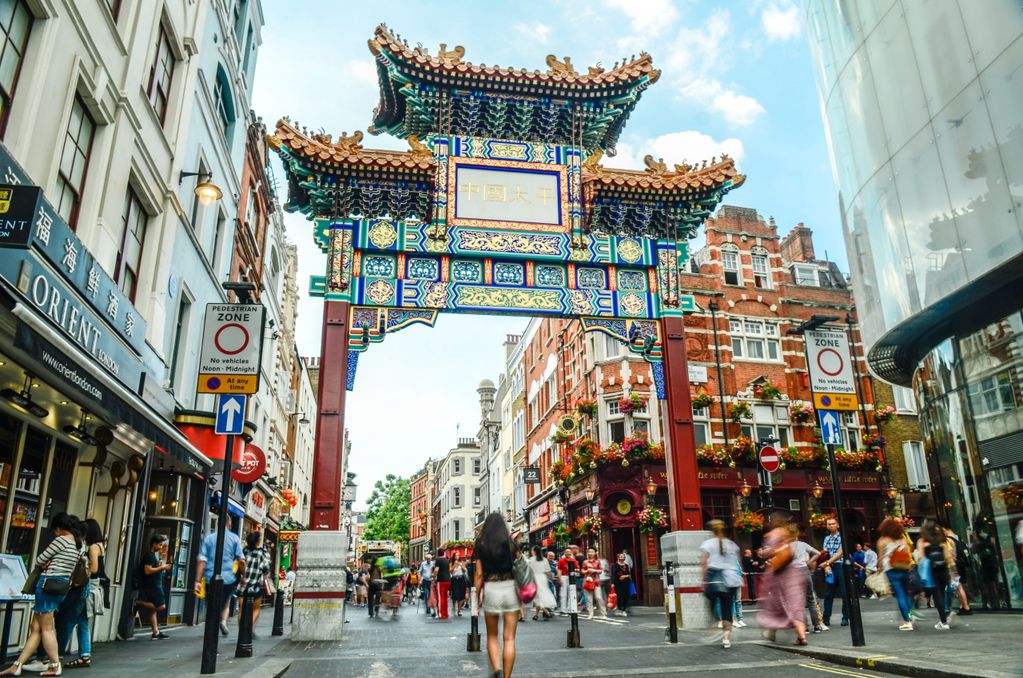
- Area of Expertise
- Global Europe

Managing Director at New Horizons Project
The world moves on without Trump
Domestic quarrels and a distaste for global engagement may be the hallmarks of Donald Trump’s erratic presidency of the United States, but the world is moving on.
On 14 May Emmanuel Macron was inaugurated as French President, raising hopes of a re-energised European Union. On the same day in Beijing Chinese President Xi Jinping showcased his ‘Belt and Road Initiative’ (BRI), an ambitious vision of a refashioned, interdependent and closely connected world.
The three markedly distinct conversations in Washington, Paris and Beijing reflect different domestic imperatives. They also provide compelling insights into a rapidly transforming global order.
Trump’s presidency hurtles from crisis to crisis, many nations are questioning America’s role as indispensable global power. In France (and Europe) the talk is of reform and renewal as a young president takes power – and of the hard work still required to modernise, adapt and adjust while keeping the twin evils of populism and nationalism at bay.
But while the West takes time out, the rest of the world is in transition. The trillion-dollar BRI, Beijing’s ‘project of the century’, was spotlighted last weekend at a mega-conference attended by 28 world leaders, more than one hundred representatives of states, and an equal number of business representatives, academics and journalists.
It was quite a party – and rightly so. Not since America’s Marshall Plan pumped millions of dollars to revive war-devastated Europe has a country undertaken an endeavour of such spectacular scope, vision and financial magnitude.
While the West takes time out, the rest of the world is in transition
The Chinese leader is no amateur when it comes to undertaking bold, headline-grabbing initiatives. He made a strong stand for economic globalisation and open trade at the Davos World Economic Forum in January this year.
And the BRI is only part of the story. Significantly, China’s Asian Infrastructure Investment Bank (AIIB) is already working to meet the world’s enormous infrastructure investment needs.
Also, as the US withdraws from the Trans-Pacific Partnership (TPP), the pan-Asian trade pact which excluded China, Beijing and countries in the Association of Southeast Asian Nations (ASEAN) are moving ahead with the Regional Comprehensive Economic Partnership (RCEP) to boost trade within the region.
In a message that was in stark contrast to the inward-looking announcements being made in Washington, Xi told the BRI meeting that his aim was to build an open, connected and inclusive world.
Xi’s blueprint articulates Beijing’s self-confident repositioning in an uncertain era. Not surprisingly, the US and Japan are not pleased. Most Europeans are interested but cautious.
But others are willing to join BRI and see how they can best benefit from the plan. China may not always be the gentlest of interlocutors, but many countries are ready for a change.
After all, the world needs to get better connected. Global infrastructure needs are enormous. Better connectivity is crucial for trade, to attract investments and to achieve some of the most crucial anti-poverty goals included in the Agenda 2030 Sustainable Development Goals (SDGs).
Clearly, BRI is not just about helping others. The search for new engines for domestic Chinese economic growth is an important driver. China wants to boost growth in its western regions, which lag behind the well-developed east coast. Steel and cement are in oversupply and will be used in the BRI projects. There will be job creation for thousands of Chinese workers, as well as foreign nationals.
Beijing’s journey to greater global influence has truly begun
And in a competitive world, this is also about learning by doing. China will have to ensure that BRI becomes more transparent, procurement rules become more rigorous and projects fit in with the SDGs, including environmental standards.Significantly, as the initiative gains traction, China is beginning to conduct itself as a ‘traditional’ development partner, abandoning its ‘non-interference’ policies for a stance that is more concerned about the domestic affairs of its partner states, including on issues like governance and terrorism.Finally, for all the Western concerns that the BRI will allow China to steamroll its partners, in most countries China is not the only show in town. Most states have access to US and European funds, not to mention aid from Japan and Saudi Arabia. It’s not a zero-sum game.Asian, African and other representatives I met in Beijing underlined the importance of the tectonic geopolitical shift taking place. “This a historic and transformative moment. We can see the world is changing,” an African ambassador told me.The way ahead is going to be complicated and difficult. China will need to learn how to deal with complex demands and painful facts on the ground in its myriad partner countries.But if he was worried, President Xi certainly wasn’t showing it. Nobody should expect quick fixes, he cautioned. “We will move forward step by step”. Beijing’s journey to greater global influence has truly begun.
Next event In person & livestreamed

Past event

Past event Online
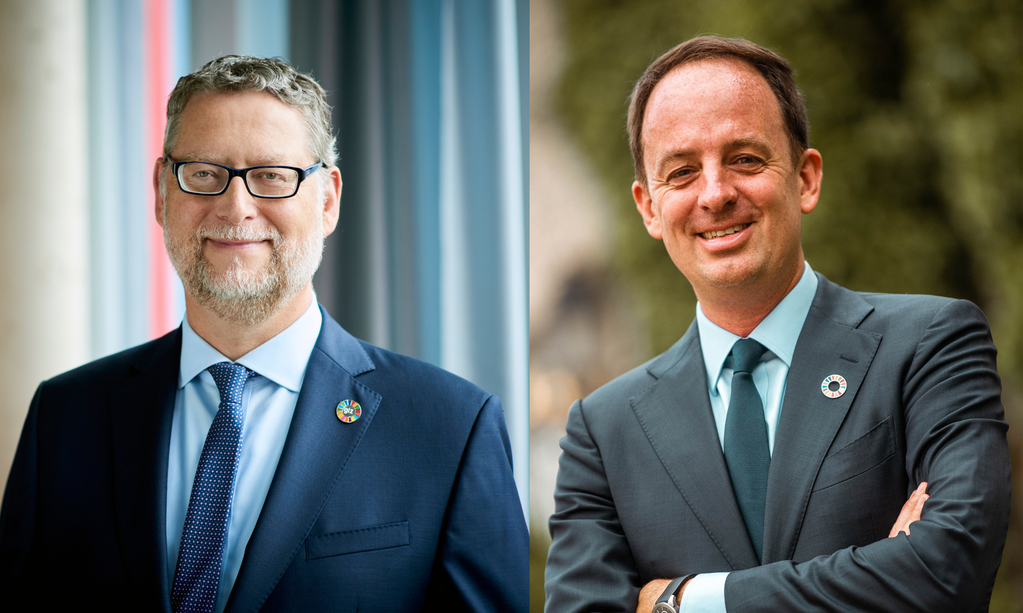
Past event IN PERSON & ONLINE

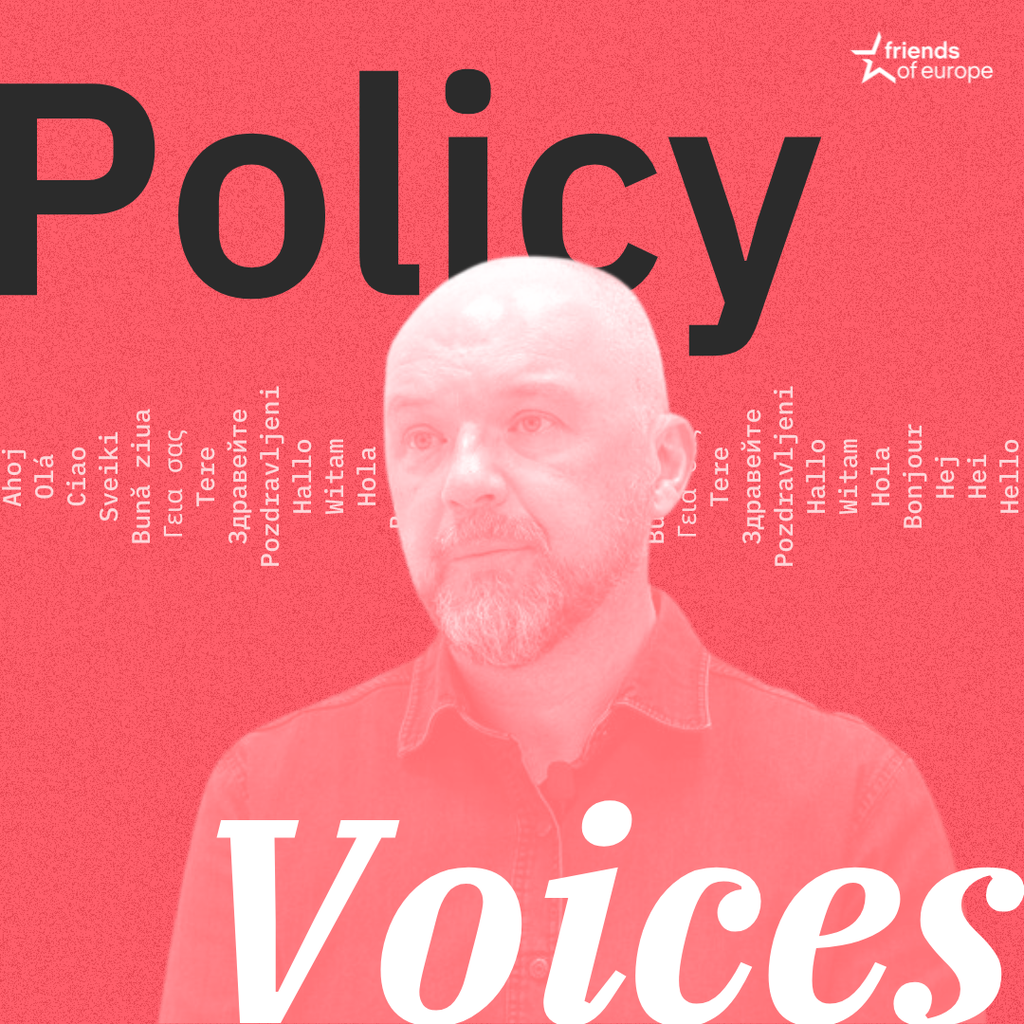
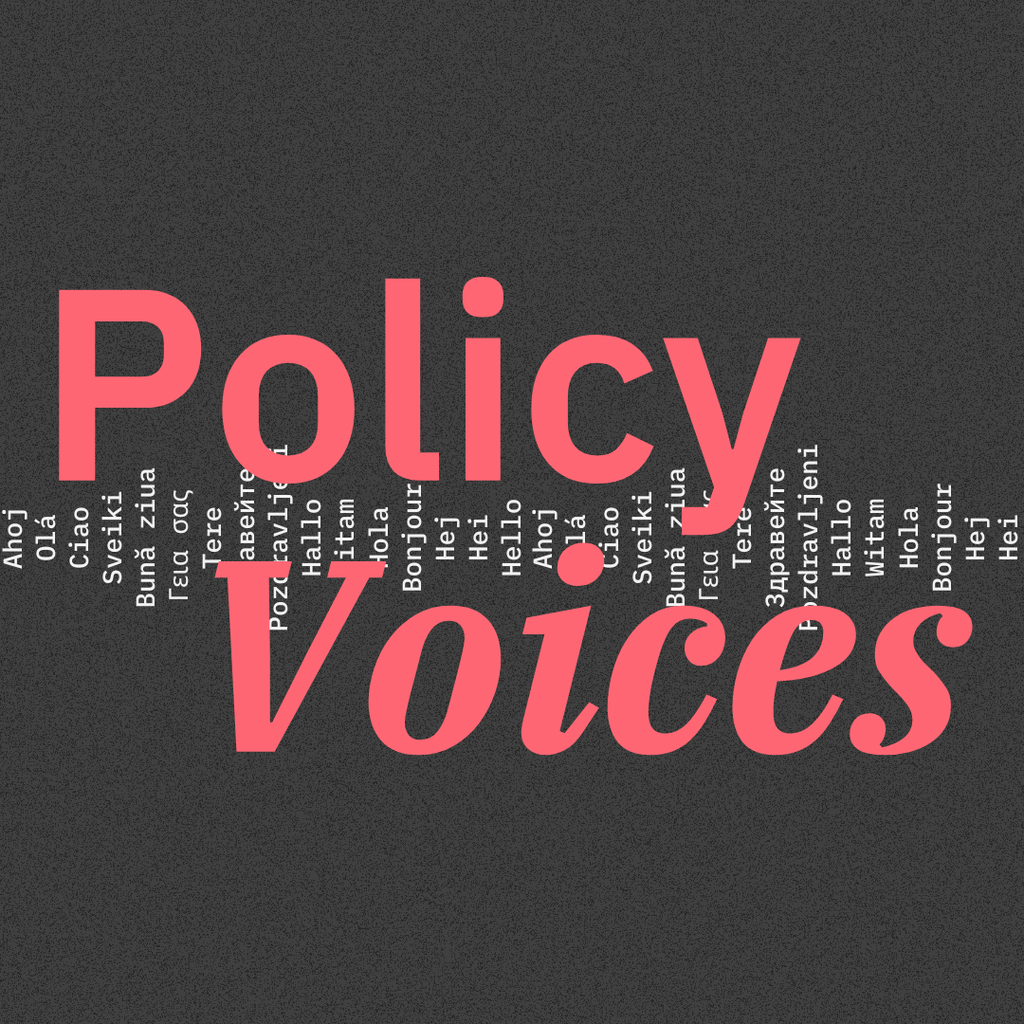
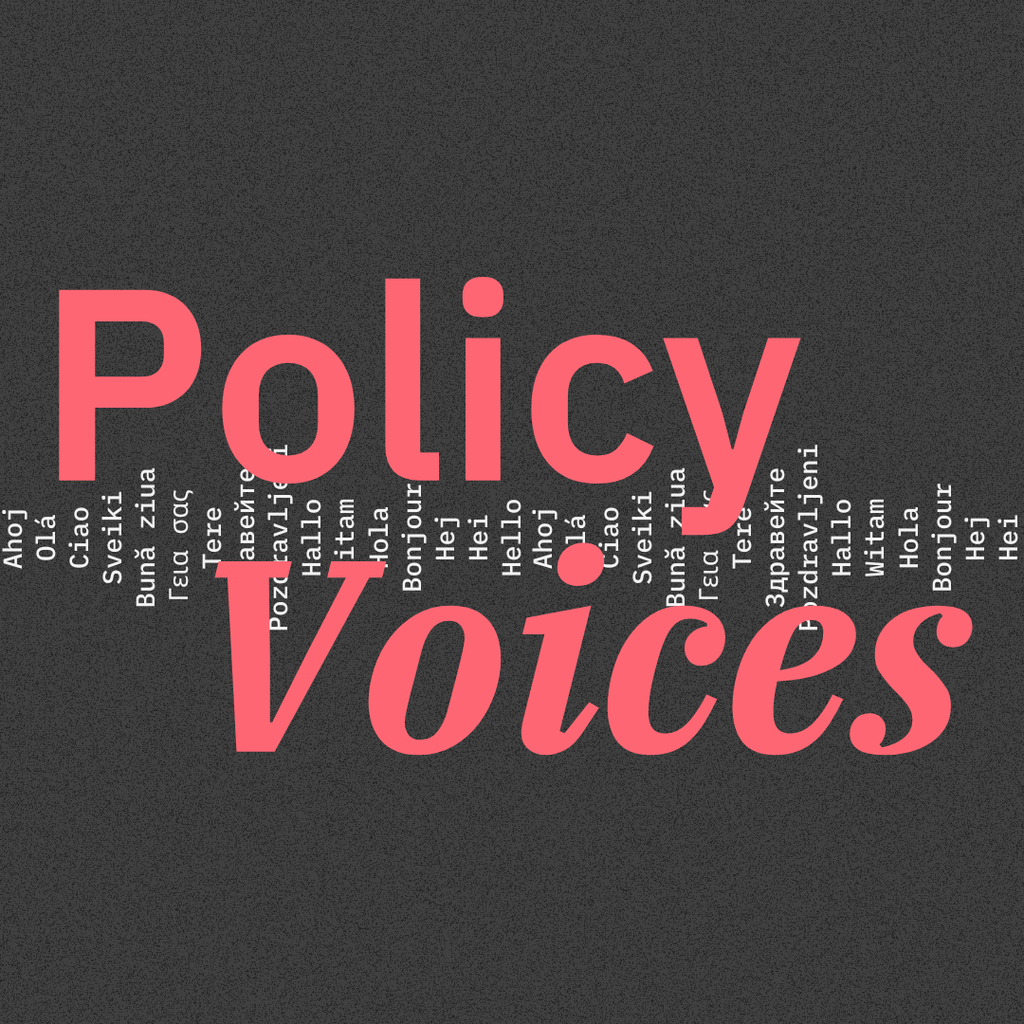

Stay informed
We use cookies and similar technologies to adjust your preferences, analyze traffic and measure the effectiveness of our campaigns. Learn more about our privacy policy.